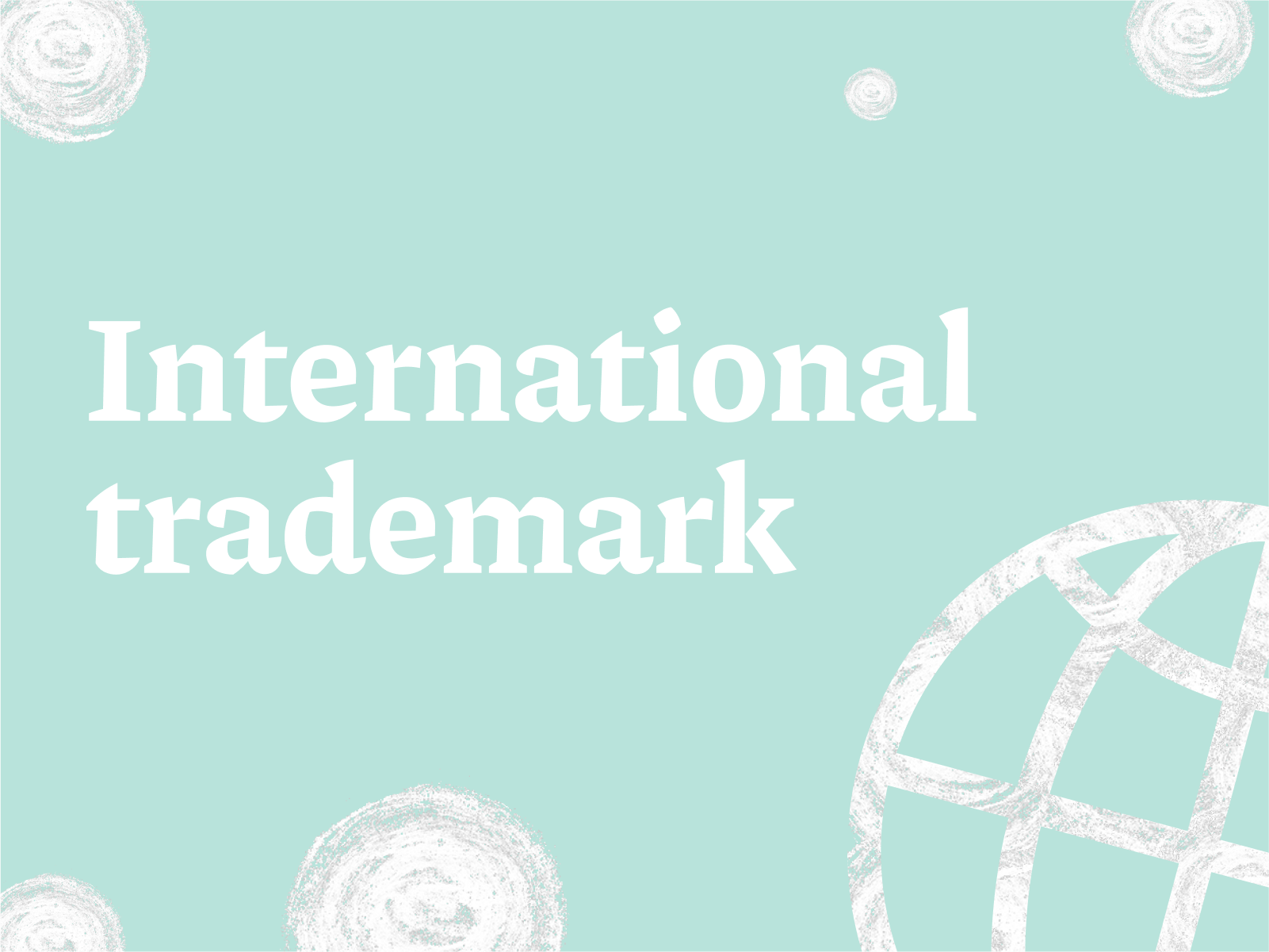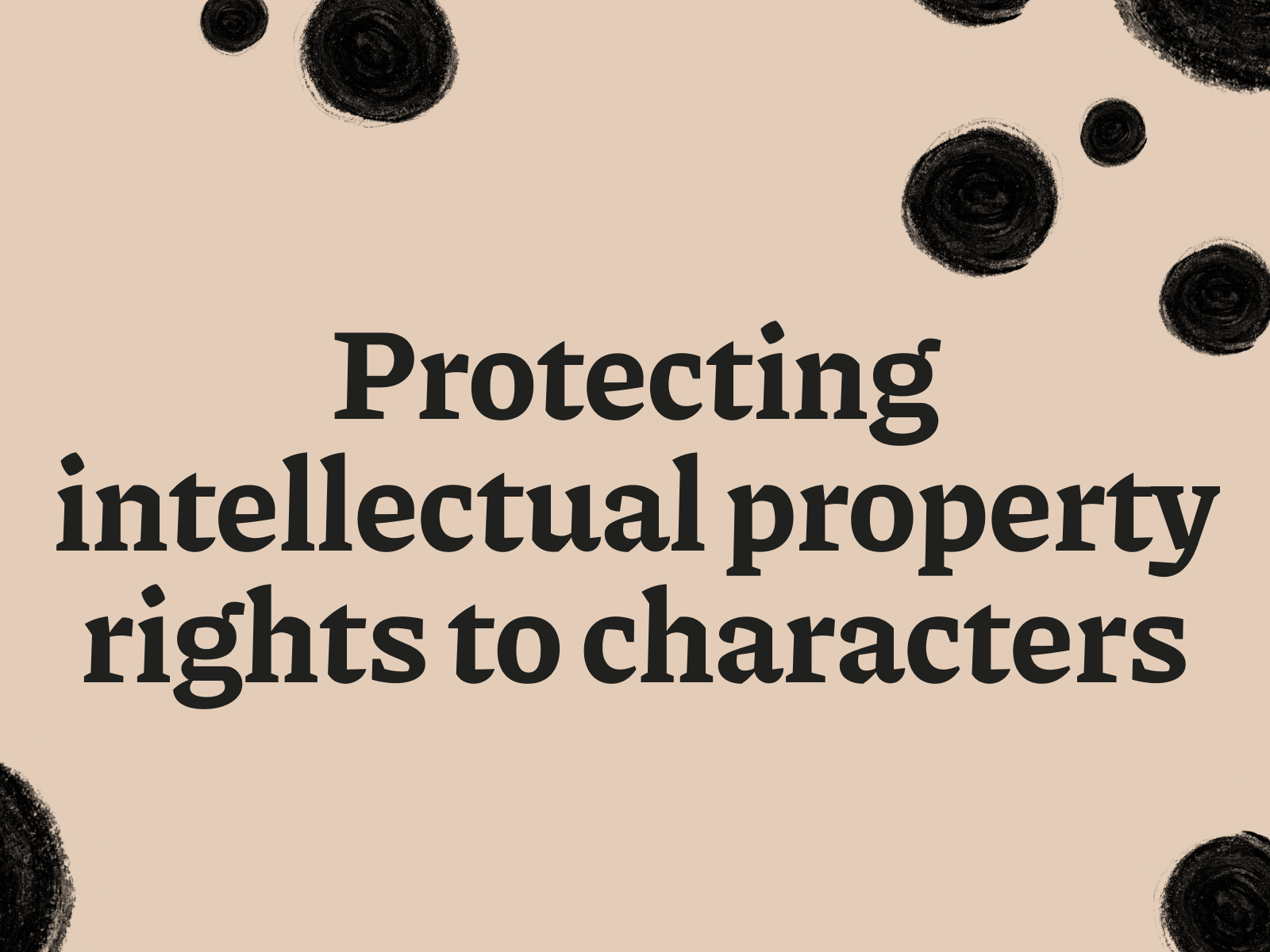The trademark registration process is not only a legal necessity, but also a strategic step to protect your brand in the global marketplace. During the globalization of business, many Ukrainian entrepreneurs strive to register a brand in Ukraine and abroad.
However, a popular misconception is that it is asking for an “international trademark registration” when in fact there is no such thing. Instead, entrepreneurs have access to the Madrid Trademark Registration System, which simplifies the procedure but still requires separate registration in each country where they plan to do business.
In this article, we will take a detailed look at how you can register a trademark in Ukraine and abroad, highlight the key stages of the process and provide useful tips for successful registration.
Trademark Registration Basics
Obtaining a trademark is the first and most important step towards legally protecting your brand. First, it is critical to understand what is required to register a trademark. In Ukraine, this process begins with determining the uniqueness of the name or logo that you want to protect. After all, the key to successful registration is the uniqueness and difference of your mark from existing ones.
Next, we’ll look at how to get a trademark in Ukraine. After confirming the uniqueness of your mark and conducting a search, the next step is to apply to the relevant government agency (Ukrainian National Office of Intellectual Property and Innovation). The application must indicate in which classes of goods and services your mark will be used. This point is critical because classes determine the scope of legal protection for your brand.
Obtaining a trademark certificate is the final stage. It confirms your exclusive rights to the trademark and protects against misuse by third parties. An important element in the brand protection process is the registration of a trademark name using a text trademark. This step allows you to legally secure the rights to the unique name of your product or service. Registering a text trademark plays a key role in your brand protection strategy, ensuring the name itself is protected. This registration ensures that your name will be protected under applicable law, giving you exclusive rights to use it.
Various legal and technical issues may arise during the process, so do not underestimate the importance of professional assistance. The right approach and knowledge of all the intricacies of the process will greatly simplify and speed up obtaining the desired result.
Process and algorithm for registering a trademark
Registering a trademark in Ukraine is a procedure that requires attention to detail and strict adherence to established steps. Let us analyse in detail the algorithm for registering a trademark:
- Preparing to apply for registration:
-
- Definition and description of the trademark you want to register.
- Determining the classes of goods and services for which the trademark will be used.
- Preparation of all necessary documents, including a graphic representation of the sign.
- Official application submission:
-
- Filling out and applying to the Patent Office of Ukraine.
- Clarification of the details and features of the trademark to avoid overlaps with already registered marks.
- Application examination:
-
- Conducting a preliminary and full examination of the application for compliance with the requirements.
- Possible adjustments to the application if problems or inconsistencies are found.
- Obtaining a certificate:
-
- After successful examination and approval of the application, obtain an official trademark certificate.
- A trademark certificate confirms your exclusive right to use the mark.
- International registration (if necessary):
-
- If international registration is planned, additional steps must be taken to be able to use the trademark abroad.
- Applying to the relevant international authorities.
At every stage, it is recommended to seek the assistance of qualified intellectual property lawyers to ensure that your trademark is protected and recognized to the highest possible level.
There is an important point to note that often confuses. Often people use the term “patent a brand“, however, this is not entirely correct. Patenting is applied to inventions, not trademarks. A trademark is registered to protect a brand and its uniqueness, while a patent protects a specific technical solution or invention. In our practice, we always draw our client’s attention to this difference to avoid confusion and correctly direct their efforts to protect intellectual property by their needs.
International trademark registration
International trademark registration is a crucial step for companies seeking to enter the global market. This process requires careful planning and an understanding of key aspects of international law.
Initially, the company must identify strategic markets where obtaining an international trademark will be most profitable. This decision is based on market research and the company’s business plans. Then comes the application process. International registration is often done through the Madrid Agreement system, which allows you to file an application in multiple countries at the same time. Each of these countries will conduct its own review of the application, which may result in requests for additional documents or clarifications.
It is important to note that trademark law varies significantly from country to country. Therefore, professional legal assistance and advice from intellectual property specialists are crucial for completing the process. Experts will help not only with the correct preparation of documents but also with an explanation of the peculiarities of the legislation of each country in which registration is planned.
After successfully registering a trademark in the desired countries, the company receives the right to use and protect its brand internationally. However, you should be aware of the need to monitor registration expiration dates and renewal conditions to ensure you maintain your brand protection over the long term.
Legal assistance and services in the process of trademark registration
Registering a trademark, especially at the international level, requires in-depth knowledge of the law and a clear understanding of legal nuances, most often lawyer services will help you avoid making mistakes. In this context, seeking professional legal assistance becomes not just an option, but a necessity. Polikarpov Law Firm is ready to offer you such assistance.
- Advantages of contacting lawyers:
-
- Lawyers specialising in intellectual property, have in-depth knowledge of all aspects of trademark registration.
- They help you avoid common mistakes that can slow down or even derail the registration process.
- Lawyers also provide advice on international registration issues and can help expand the geographic coverage of your brand.
- Legal support at all stages:
-
- From preparing documents to filing an application and communicating with patent offices, lawyers can provide valuable support.
- Should disputes or legal issues arise, having an experienced attorney will be critical to protect your interests.
-
- Legal experts will also help you register your company name, making sure it is unique and meets all requirements.
By turning to qualified lawyers for help, you will not only speed up the process of registering a trademark but also guarantee its reliable protection for many years.
Conclusions
In conclusion, registering a trademark is a complex but extremely important process for any business looking to expand and strengthen its position in the market. Whether in Ukraine or obtaining an international trademark, every step of the process requires attention to detail, legal accuracy and strategic planning.
The key success factor is a competent approach to preparing and submitting an application, as well as the use of professional legal assistance. Qualified intellectual property lawyers can greatly simplify this process and ensure your brand is well protected.
As a result, registering a trademark is not just a legal act, but also an important step in building a brand and protecting it at the international level, opening up new opportunities for the development and growth of your business.
What are the steps and procedures for registering an international trademark?
To start the procedure of registering a trademark abroad, you need to determine the countries in which you want to register your trademark. Since there is no single procedure for trademark registration worldwide, you need to select a specific list of countries you are interested in. When choosing a specific country, you should consider your potential customers, future expansion of your business, and potential competitors.
Along with the selection of countries, you need to choose the classes of goods and services for registration.
Once you have decided on the list of countries and classes, you should conduct a preliminary search for similar or identical trademarks in the countries of interest. It is possible that in some of the selected countries the same trademark will already be registered or filed for registration. Accordingly, such a search will help you understand all the possible risks and optimize the list of countries with this in mind.
There are several basic procedures for registering a trademark in foreign countries:
International registration under the Madrid system.
Filing under this procedure is based on a Ukrainian application or registration through the World Intellectual Property Organization.
If you choose this option, you will be able to declare only the list of goods and services contained in the Ukrainian application or narrow it down.
On the basis of the filed international application, it is possible to file further applications in other desired countries of interest without starting the procedure from scratch; in this case, the state fee of the International Bureau of WIPO will be half as much.
Filing an international application on the basis of a basic Ukrainian application allows to speed up the trademark registration procedure in Ukraine by several months.
This registration option is worth choosing if you have many countries of interest or plan to file applications in other countries in the future.
Registration under the national procedure.
If you are interested in registering in several countries abroad and you do not plan to expand this list in the future, you can submit applications for registration directly to the national authorities of the countries of interest. For such registration, it is not necessary to have a trademark application or registration in Ukraine.
However, the main nuances of this procedure are as follows:
A) All application proceedings will be conducted in the language of the country where the application is submitted.
B) The fees must be paid in the currency of the country where the application is submitted.
C) Filing can only be done through patent attorneys in that country.
Registration under the regional procedure.
There are several regional registration procedures that allow you to extend your trademark registration not to one specific country but to an entire region, such as the EU.
Registration under the regional procedure is carried out through the EU registration authority and has a number of advantages. In particular, if you are interested in registering in many EU countries, it will be more cost-effective to file for registration of a trademark under this procedure and obtain protection in all 27 EU countries at the same time;
At the same time, there are a number of nuances. In particular, in case of non-compliance with the legal requirements and refusal to register in one EU country, you automatically lose the possibility of obtaining legal protection under this procedure in all EU countries;
In addition, under this procedure, the EU registration authority does not independently search for similar or identical trademarks. Instead, the EU has a system of oppositions. That is, any person may file an opposition to your registration within a certain period of time on the grounds of confusion with its trademark. However, such similarity is determined solely at the discretion of such person;
Therefore, this procedure should be chosen if you need to obtain legal protection in many/all EU countries, but be prepared to communicate and negotiate with potential stakeholders who may prevent your registration.
What countries can be included in an application for international trademark registration?
The list of countries of registration of a trademark abroad directly depends on the procedure under which such trademark is registered (registration under the Madrid system, national or regional procedure).
Under the national procedure, you can apply to any country that registers trademarks on its territory;
Under the regional procedure, only countries that are part of the relevant region can be included in the application. For example, under the EU regional registration, you can only register in EU member states. That is, registration in the EU does not include the following countries: UK, Ukraine, Moldova, and other non-EU countries on the European continent.
Under the Madrid procedure, most of the world’s 130 countries can be selected, but not all. Only those countries that are signatories to the Madrid Agreement or its protocol can be selected under this procedure.
Are there any restrictions on the choice of countries?
Restrictions on the choice of country may be due to the specifics of the procedure for registering a trademark in foreign countries.
Under the Madrid procedure, there is no quantitative restriction on the choice of countries. However, you can choose only those countries that are signatories to the Madrid Agreement or its protocol. Accordingly, if the country you are interested in is not included in this list, you must apply to such a country separately under the national or regional procedure.
Under the regional procedure, you can choose only those countries that are part of the relevant region. In addition, you cannot select only partial countries that are part of the region. This procedure automatically selects all countries in the region.
What are the main requirements and deadlines for processing an international trademark application?
The specific requirements and timeframes for processing and examining a trademark application abroad depend directly on the procedure chosen.
Registration under the Madrid procedure is divided into several main stages;
First of all, a national application is filed, a filing fee is paid, and then an international application can be filed.
Since an international application is filed on the basis of a national application, the list of registration classes must be retained or narrowed accordingly. All data must be indicated in one of the official languages of WIPO (usually English). The list of classes must also be translated into a foreign language;
The national registration authority sends this information to WIPO, where the formal examination of your application begins. This means that the authority independently checks the correctness and sufficiency of all documents. This procedure can take several months.
After establishing compliance with the formal requirements, WIPO sends your application to the office of the country of interest, where they begin a qualification examination, i.e. check the trademark for compliance with the requirements of local law;
The duration of this stage depends on the work of the registration authority of each individual country, so there are no uniform deadlines;
If we consider the registration of a trade mark under the regional procedure, the application is submitted to the EU registration office;
If such an application is submitted directly, it will not depend on the Ukrainian application, and does not require such an application at all. Accordingly, you can choose any list of classes. Such a list must be in a foreign language, as well as all the applicant’s data.
Upon receipt of the application, the registration authority checks it for the requirements of a formal examination, after which the application is published and anyone can file an opposition to such an application. This procedure lasts for 3 months. If no opposition is filed, the trade mark is registered;
The average registration period in the EU is 6-7 months.
How to ensure its effective protection in different countries?
First of all, you need to register your trademark in each country where you plan to do business or where your potential competitors may be.
Once you have registered your trademark, it is important to regularly monitor the market for illegal use of your trademark. This may include online monitoring, tracking goods in markets, and other methods.
In case of detection of trademark infringement, it is necessary to take immediate legal action. This may include sending formal complaints, negotiating, and filing lawsuits. It is also important to understand the local laws of each country where you have registered your trademark, as they may differ significantly.
- WIPO (World Intellectual Property Organization): “Guide to the Madrid System for the International Registration of Trademarks.” Author: WIPO Author Team. Link:Publications: Guide to the International Registration of Marks under the Madrid Agreement and the Madrid Protocol (wipo.int)
- Law of Ukraine “On the Protection of Rights to Marks for Goods and Services”: The official text of the law regulating the registration and protection of trademarks in Ukraine. Link:rada.gov.ua
- Madrid Agreement Concerning the International Registration of Marks: An international instrument establishing the procedure for the international registration of trademarks. Link: Protocol Relating to the Madrid Agreement Concerning the International Registration of Marks (wipo.int)









